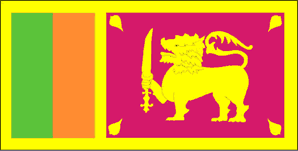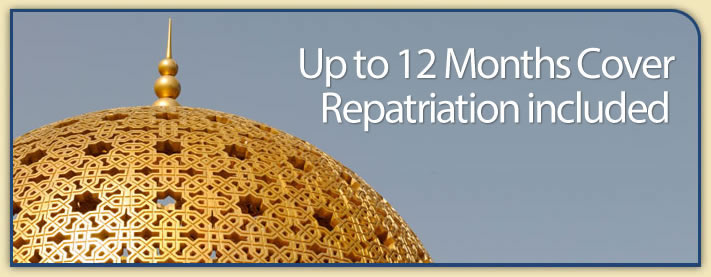Country Guide • Sri Lanka

Sri Lanka is an island off the south east coast of the Indian state of Tamil Nadu. It is separated from India by the Palk Strait in the Indian Ocean, in which lies the chain of islands called Adam’s Bridge.
| Official Name | Democratic Socialist Republic of Sri Lanka |
|---|---|
| Area | 65,610km² (25,382mile²) |
| Population | 19,742,000 |
| Continent | Asia |
| Population per mile² | 777 |
| Capital City | Colombo |
| Religions | Buddhist 70%, Hindu 15%, Christian 8%, Muslim 7% |
| Language | Sinhala (official and national language) 74%, Tamil (national language) 18%, other 8%. English is commonly used in government and is spoken competently by about 10% of the population |
| Government | Democracy |
| Currency | Sri Lanka Rupee |
| GDP | $73.7 billion |
| GDP per Head | $3,700 |
| Natural Resources | Limestone, graphite, mineral sands, gems, phosphates, clay, hydropower |
| Land Use | Arable Land 13.4% |
| Agriculture | Rice, sugarcane, grains, pulses, oilseed, spices, tea, rubber, coconuts; milk, eggs, hides, beef |
| Industry | Rubber processing, tea, coconuts, and other agricultural commodities; clothing, cement, petroleum refining, textiles, tobacco |
| Tourism | Sri Lanka has a a number of animal and bird sanctuaries and national parks where protected wildlife can be seen. Several species are unique to the island, while some others have been introduced. Sri Lanka is well known for its elephants, which can be seen in Gal Oya and Udawalawe National Parks and at Handapangala. Other large mammals include leopards, deer and bears. If its beaches you're after the coastal stretch south of Colombo offers palm-lined sandy expanses as far as the eye can see. There is ancient and inspiring architecture in the cities of Anuradhapura and Polonnaruwa to satisfy that inner archaeologist |
| Natural Hazards | Occasional cyclones and tornadoes. The island experiences the SW Monsoon in May and the NE Monsoon in November |
| Health Risks | Cholera, hepatitis and malaria |
| Climate | Sri Lanka has a tropical climate with little seasonal variation in conditions and humidity, which is frequently around 90%. Average annual rainfall varies between 50 - 75 inches on the south east plains and up to 100 - 200 inches on the south west plains. Average temperature ranges in Colombo are from 23 to 31°C and from 14 to 24°C further into the highlands |
| Time | GMT/UTC+6 hours |
| National Days | February 4 Independence Commemoration Day |
| Visas | British nationals do not require a visa to visit Sri Lanka for tourism and are normally allowed a one-month stay at each time of entry. Much of the north and east remains heavily mined, particularly around the A9 road to Jaffna, and you are advised not to travel to the area unless you are on business with an international agency or NGO. |
| British Embassy | Embassy Details |
Information Only
The content above is for information purposes only and we have tried to ensure that the information is as accurate as possible. We cannot accept any responsibility for any inconvenience, loss or injury as a result of the information above. You should always check and verify any critical information like visas, health and safety and customs with the relevant authorities before you travel since information can change at any time.



